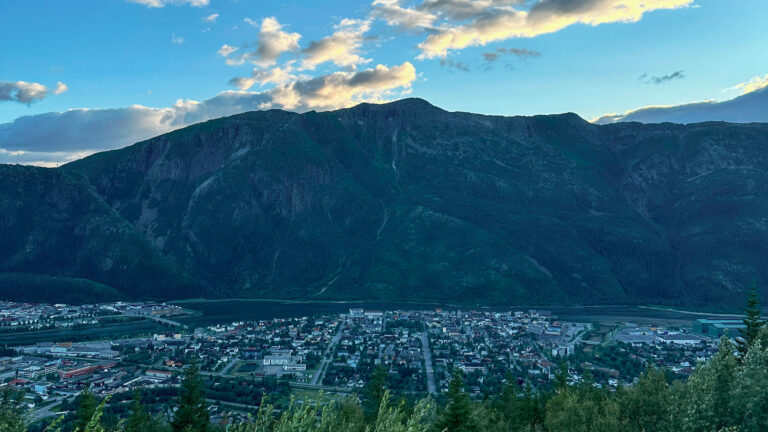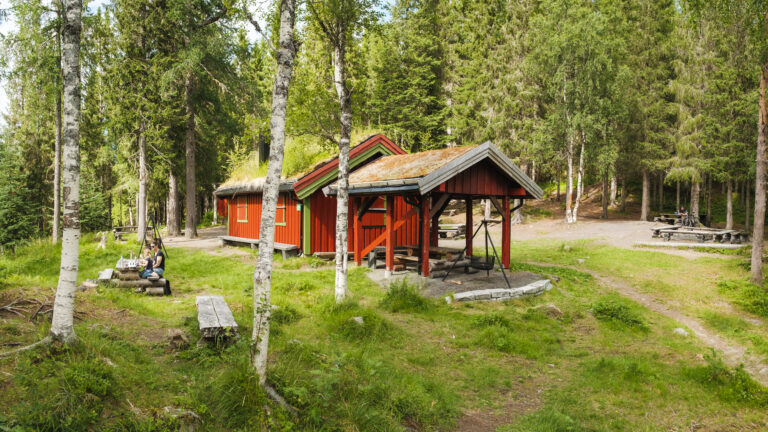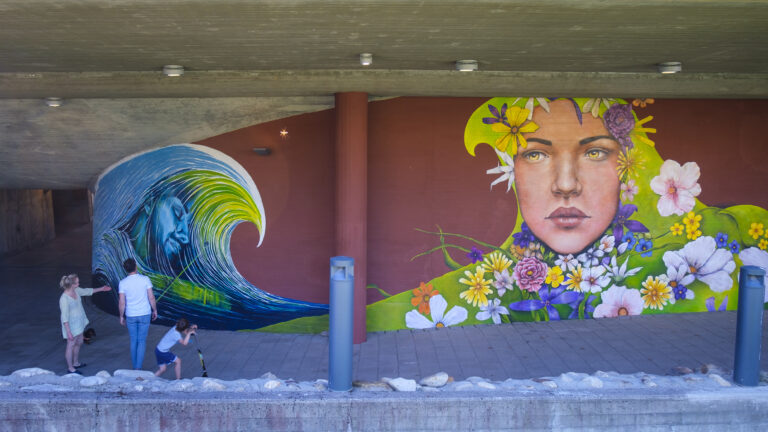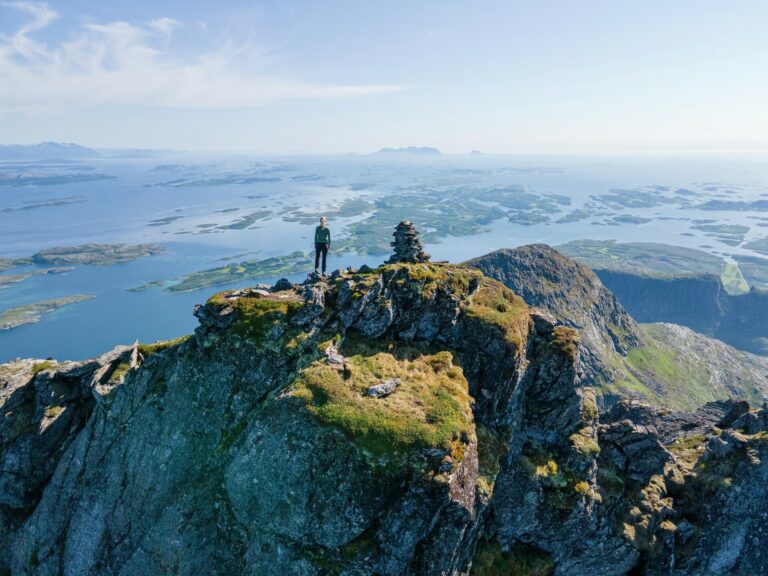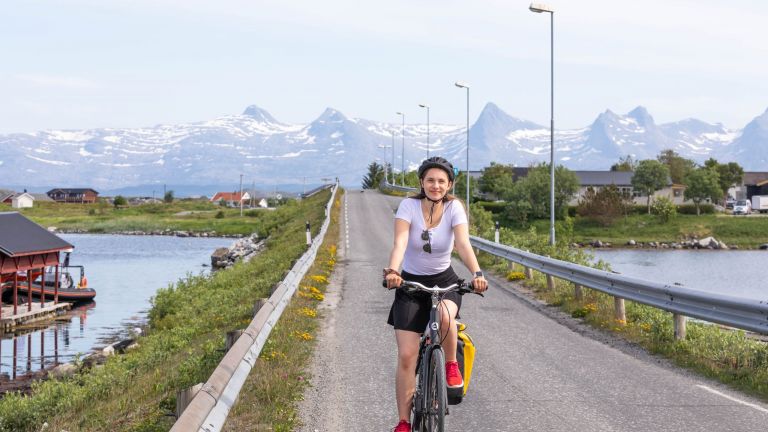A hiking adventure: Storrunden by De Syv Søstre
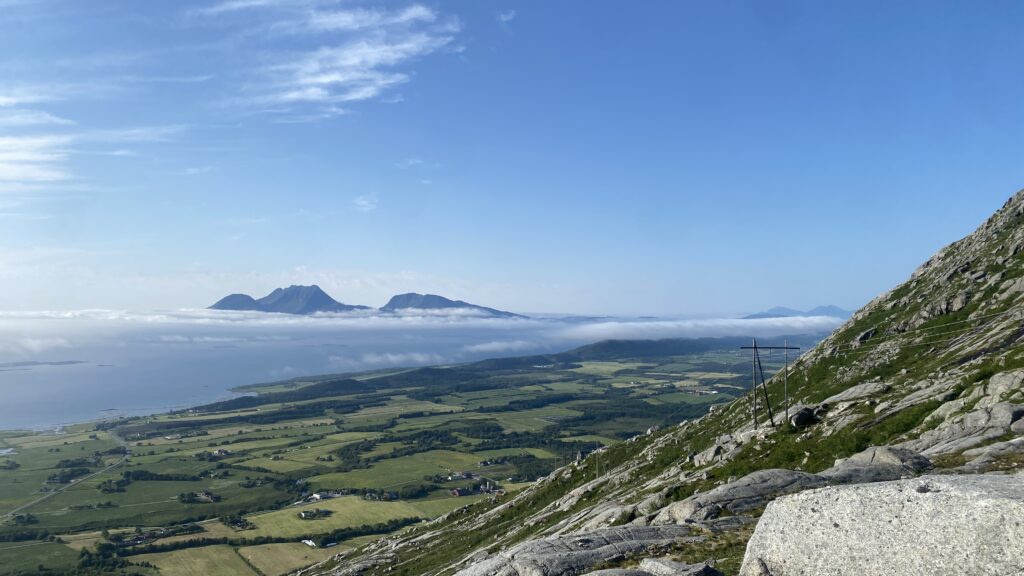 Thomas Schei
Thomas ScheiIf you’re looking for an easier hike in the Seven Sisters mountain range, the Storrunden loop on the southern side of Breitind (Stortind) is a great option. It offers varied terrain and stunning views — perfect for anyone wanting a scenic round trip.
Key info
Difficulty: Medium
Distance: 7 km (round trip)
Elevation gain: Approx. 430 metres
Duration: 2 to 3 hours
Season: May – October
Starting point: The southernmost parking lot for the Seven Sisters
View starting point on Google Maps
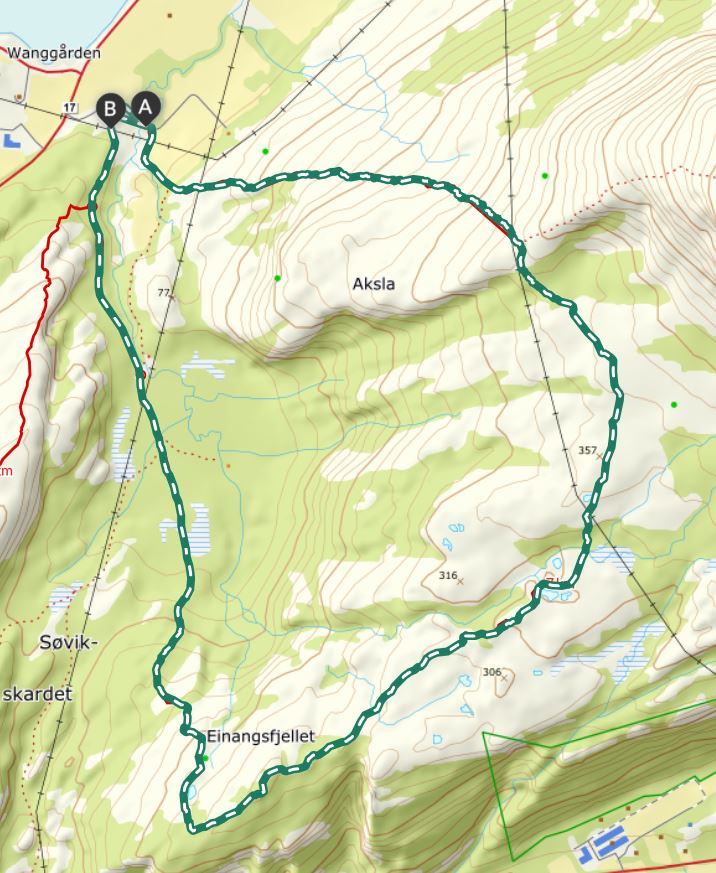 Ut.no / Norgeskart.no
Ut.no / Norgeskart.no
Storrunden shares its starting point with Breitind, the southernmost of the Seven Sisters. The hike begins at the same parking lot, and you follow the same trail up to the ridge (Aksla). The climb to Aksla is a bit steep — follow the red trail markings. Once on the ridge, continue straight ahead instead of turning left toward the summit of Breitind. The route is also clearly marked with a sign for “Storrunden” at the junction.
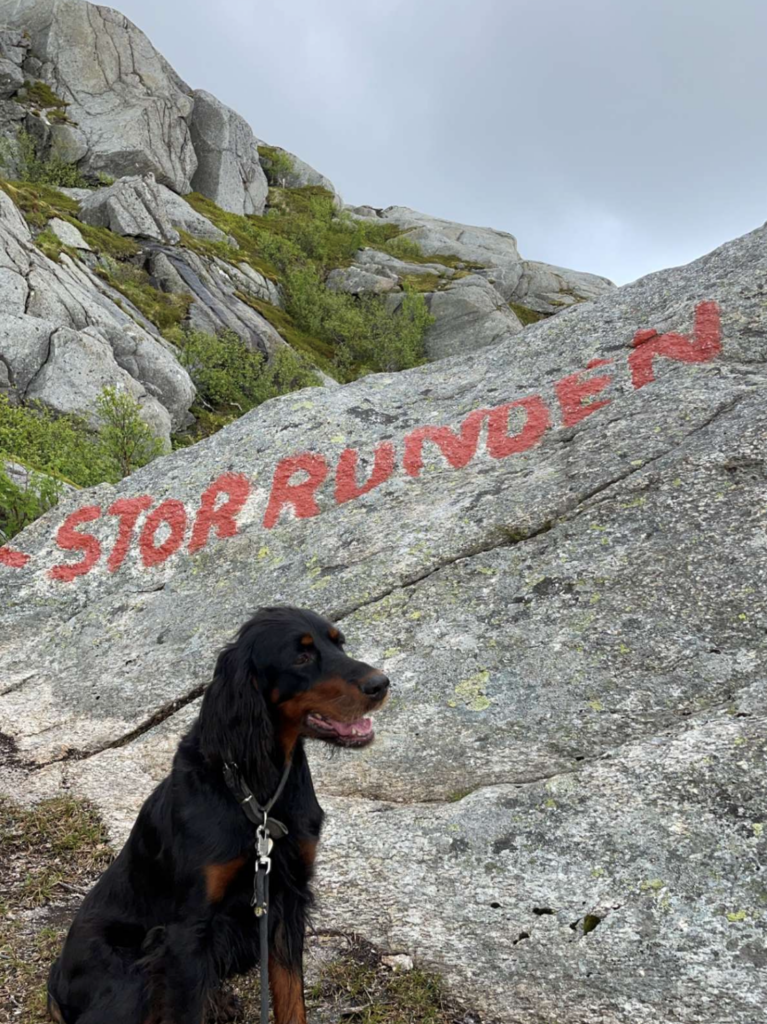 Svanhild Lorentzen
Svanhild Lorentzen
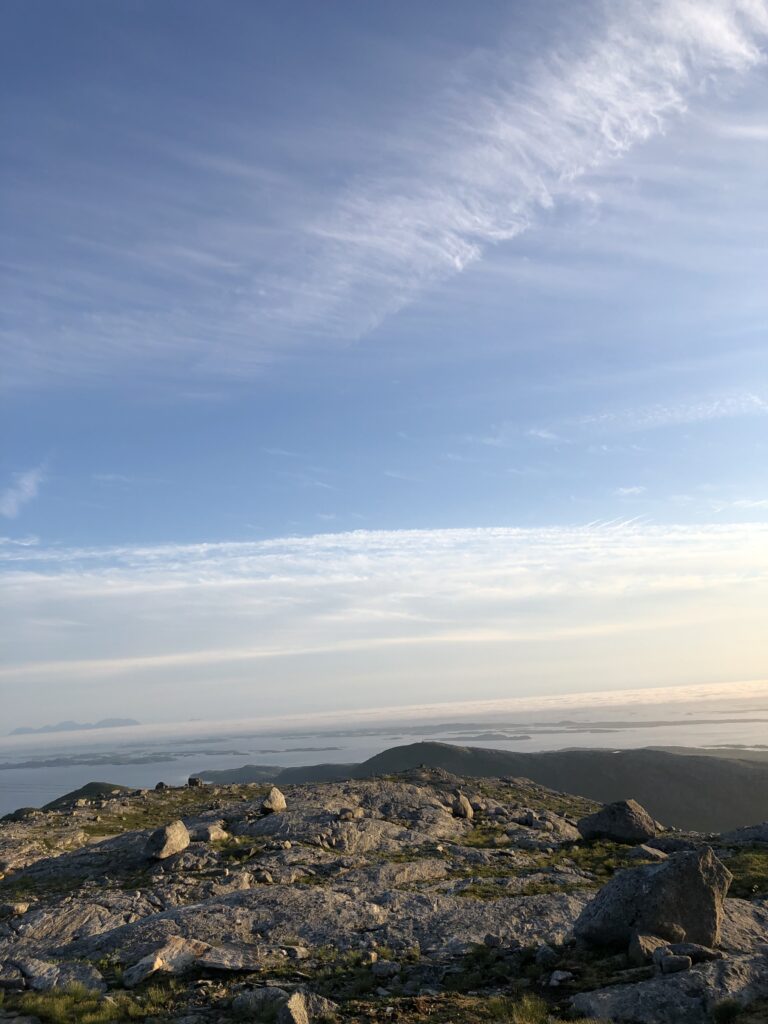 Svanhild Lorentzen
Svanhild Lorentzen
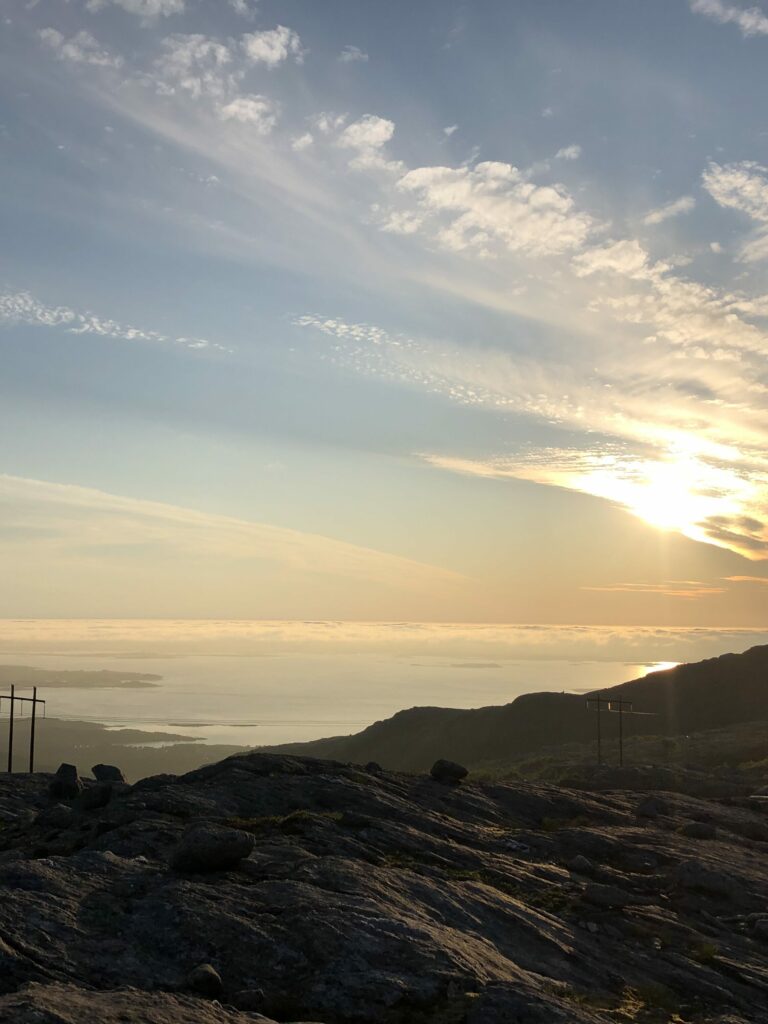 Thomas Schei
Thomas Schei
Once you’ve passed Aksla, most of the steep climbing is behind you. Now you can enjoy the views across the fjord toward Tro and Vevelstad. The trail also offers beautiful views of Vega and the countless islands and skerries along the way, the route continues through gently rolling terrain and is very well marked with red paint and cairns. The trail mostly consists of gravel paths, rocky sections, and some stretches across marshland.
As you descend from the loop, you’ll come into Søvikskaret, where there is a gravel path with boardwalks over the wettest sections. There’s also a designated grill area in Søvikskaret, along the way back to the parking lot. You can also hike the loop in the opposite direction, as the trail is marked both ways.
View hike description on UT.no
View starting point on Google Maps
1. Follow the Norwegian Mountain Code and plan according to your ability and equipment
Short hikes on easy terrain don’t require much. If you’re heading out for an hour or two in the lowlands and not gaining much elevation, you won’t need a lot of gear or be in top shape. If it gets cold or you get tired, you’re usually not far from your car.
But if you’re heading into more challenging terrain—steeper, rougher, and above the treeline where the weather is more unpredictable—you’ll need to be better prepared. You should plan the trip based on weather and conditions, be fit enough to complete it, and be ready for uneven ground, boulder fields, slippery roots, and stream crossings. That means carrying a heavier pack with extra clothes and gear, and wearing sturdy hiking boots that support your ankles.
If you’re unsure about taking on a demanding mountain hike, start with an easy or moderate one and see how it feels.
Learn more about the Norwegian Mountain Code at rodekors.no
See what you should bring on your hike on VisitNorway.com
2. Stick to marked trails
A shortcut through unfamiliar terrain can easily turn into a long and difficult detour. What looks like a trail might just be a sheep path that leads you somewhere completely unexpected. If you want the hike to be as easy or challenging—and as long or short—as planned, it’s best to follow marked trails.
If you’re heading off-trail, it’s smart to follow a GPS track. You can download a GPX file from a hike description and use it on a GPS device, a smartphone app, or a GPS watch.
UT.no and the UT app offer hike descriptions with GPS tracks. If your hike doesn’t have one, you can upload a track to ut.no/mine-turer and access it in the app. It’s free, but you’ll need to create an account.
Always carry a map and compass as backup.
UT app for Android / UT app for iPhone
3. Talk to locals or join a guided hike
Locals often have useful tips about your planned hike. They can tell you where to park, whether there’s phone coverage, if the trail is wet, if rivers are high, or suggest a better alternative. Talk to the people where you’re staying, at the local tourist office, or other hikers on the trail—you might get some truly valuable advice.
The best option is to hike with a guide. You can join a group tour or book a private guide. These are experienced locals who know the area well. They’ll help tailor the hike to your needs and share insights that add to the experience.
4. Look out for cultural landmarks
Even high up in the mountains, you’ll find traces of past human activity—some hundreds or even thousands of years old. These can include ancient trail markers, signal cairns, hunting fences, huts, and shepherd shelters. If you spot something interesting, check the KulturPunkt app to see what it is—or use the app to find a cultural site as your hiking goal.
KulturPunkt app for Android / KulturPunkt app for iPhone
KulturPunkt.org
5. Remember your responsibilities under the Right to Roam
Norway’s Right to Roam means you can hike, bike, pick berries, camp, fish, and ski almost anywhere in nature. But it also comes with responsibilities—what we call the “duties of the Right to Roam.” Leave no trace, respect wildlife, and know the rules for hunting, fishing, cycling, and access in protected areas like national parks and nature reserves.
Read more about the Right to Roam and your responsibilities at VisitNorway.com
Thank you for respecting the local communities, and for helping us preserve the natural beauty of Helgeland!
Please:
- Strive to leave no trace of your visit. Bring back all your rubbish, including used toilet paper, and discard it in the nearest rubbish bin.
- Plan your toilet visits and use the opportunity when you pass a toilet. In the wilderness, make sure you are not a nuisance to others.
- Respect the local wildlife. Keep a good distance from wildlife, livestock and birds. Keep your dog leashed.
- Respect private property. Keep a respectful distance from houses and cabins.
- Show good boating sense. Keep a good distance from shore and drive at a low speed, especially when you are close to anyone or anything on the water, including birds or animals. Avoid loud and disturbing engine noise. Be aware that some islands and nature reserves are important nesting sites, and that going ashore is prohibited during the nesting season.
- Follow the Norwegian Mountain Code (Fjellvettreglene). Plan your excursion according to the weather forecast, your skills and experience.
- Join a guided excursion or consider hiring an experienced guide, especially when you don’t have sufficient experience or knowledge to guarantee a safe trip.
Find accommodation, food, and activities nearby.

Lamesa – The taste of Asia in Helgeland
Lamesa Asian Fusion combines Asian dishes with Norwegian ingredients for a delightful culinary experience. The restaurant is located next to Kulturbadet and Scandic Syv Søstre in downtown Sandnessjøen, making it perfect for a night out with friends, a quiet evening with your partner, or a dinner with the whole family.

Guided island hopping by bike to Dønna and Herøy.
Take a guided bike ride from Sandnessjøen to the scenic islands of Dønna and Herøy, with stops at charming cafés and unique local shops along the way.
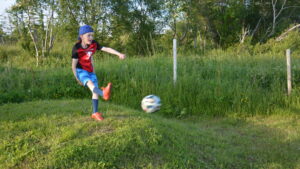
Football Golf at Tømmervika Activity Centre
At Tømmervika Activity Centre, families and groups of friends can challenge each other to a round of football golf – a fun and social activity that blends the best of football and mini golf.
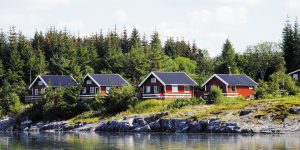
Offersøy Camping Helgeland – Camping, boat and bike rental
With Offersøy Camping as your holiday base, you can easily explore the islands of your choice along the Helgeland coast. You can island hop by kayak, or by bringing your bicycle on the express boat or ferry so you can explore various islands on two wheels. Either way, it’s a delightful way to immerse yourself in the region’s rich cultural heritage and feel close to the magnificent landscape and natural elements.

Guided mountain tours on Dønna and the Seven Sisters
Join a guided mountain tour to three of the finest hiking destinations in Dønna and Sandnessjøen. Herøy Kayak & Bike can guide you on an easy hike to Åkvikfjellet or Markvollkulpen, or join us to the top of the spectacular mountain Dønnamannen.
